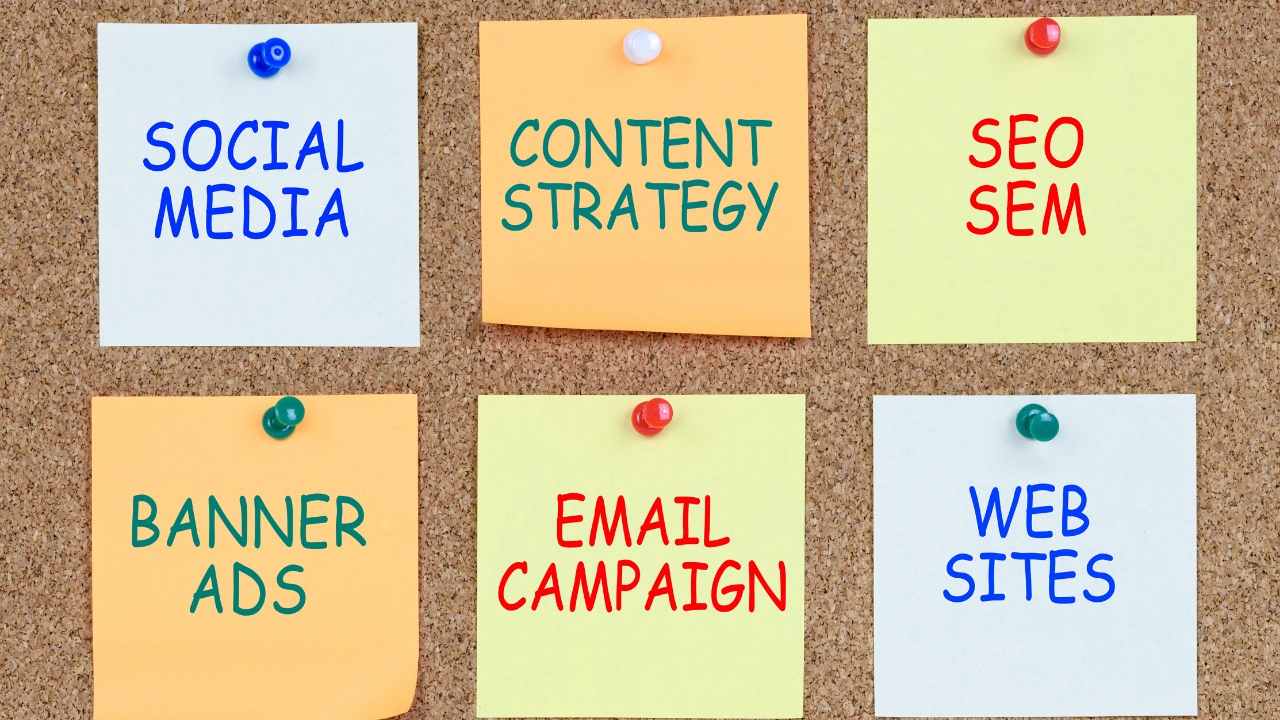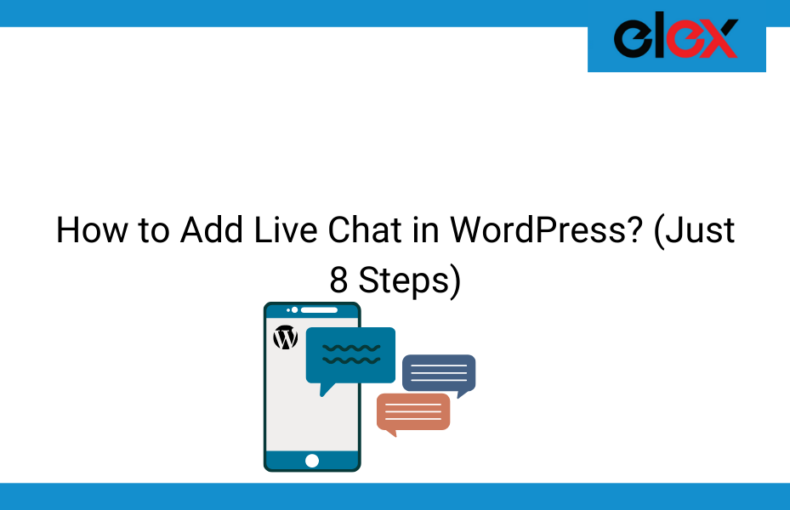
Digital marketing is all about identifying the pain points for your audience. This will make it easier to create a successful campaign. Pain points can be specific problems a customer faces. These could range from time savings to financial savings. Identifying these problems helps you formulate a strategic digital marketing plan. These pain points will help you decide your campaign's Big Idea and how to convince the target audience to act. Next, define your Call to Action' (CTA).
Create a campaign plan
Six components make up a marketing campaign: creativity assets, action and control. Detail planning of each campaign's steps reveals who, when, how, and what they do. The control section describes how the marketing campaign will be measured. Its overall success or failure can be determined by its goals. It is essential to fully understand your audience.
Name your campaign

You may need to change the campaign's name depending on which channel you use and what product you offer. Your account managers can be more efficient if the same structure is used. A simple template to help with reporting can reduce the time it takes and make it easy for you to show your hardwork. This article will discuss what information to include and how to identify it in digital marketing. Your success is tied to your campaign's success so make sure your report is worth reading.
Identify your goals
You must set realistic goals to make your digital marketing campaign a success. These goals should have a specific, meaningful, measurable and achievable goal. These guidelines will help you to measure your progress and create a plan to achieve your strategy. This is especially important when you need to use performance measures to evaluate progress against your strategy. Here are some tips to help set goals for your digital advertising campaign.
You can create a call for action (CTA).
A call-to-action in a digital advertising campaign is a way for visitors to take an action and to give you their details. This will help you add leads to your marketing campaign. If you are using pay-per–click campaigns, the call-to action will be bolded in the SERP. This indicates that it is a paid result. A free e-book, or other incentive could be offered to encourage someone to take action.
Promote your campaign

These are the things that you need to remember in order for your campaign to be successful in digital marketing. It will require resources and collaboration to succeed. It is important to carefully plan your resources and to have a strong team to support your campaign. Your campaign must be well planned from the start to ensure success. Here are some suggestions to help you get started. Learn how to promote your campaign digitally.
FAQ
Is Content Marketing Strategy right?
A Content Marketing Strategy is perfect if you know exactly what you want to communicate.
But if you're unsure where to start, here are some questions to ask:
What does my business need to communicate? Is it better to communicate with a broad audience?
Do I want to focus on generating leads or converting visitors into buyers?
Am I trying to promote one product or multiple products?
Do I want to reach people outside my industry?
If you answered "yes" to any of these questions, then a Content Marketing strategy is exactly what you need.
Can I do my content marketing by myself or with a team?
This question will depend on your experience, budget, and skill set. If you don't have the resources available to hire someone to take care of the day-to-day content creation, distribution, and optimization tasks, you will need to learn how to do it yourself.
You should not attempt content marketing without support.
A good content strategist or agency can save you time and money while helping you get results faster.
It is not possible to be successful if you don't work hard and deliver high-quality content. That's why having a solid content strategy in place is vital.
What is Content Marketing?
Absolutely! Content Marketing works well for any type of business. Whether you sell products or services, provide support, or offer training, creating content is a great way for customers to learn about your company and stay connected.
How do you create compelling content?
You can create great content by writing about topics that are interesting to you. Writing is a passion. This involves understanding your personality and sharing that knowledge with others. You'll be amazed at how easy it is to create quality content when you write for yourself.
Statistics
- Out of the 1,500 marketers we surveyed for our State of Content Marketing report, 78% who felt their content marketing strategy was exceptionally effective in 2021 had documented their strategy. (semrush.com)
- Forty-seven percent of buyers view 3 to 5 pieces of content before engaging with a sales representative. (mailchimp.com)
- We found that 40% of businesses don't have a documented strategy yet. (semrush.com)
- An example of an overarching goal could be: "In 2022, we want to achieve a 20% increase in revenue created by organic content and generate 15,000 MQLs with a budget of $30,000." (semrush.com)
- According to the Content Marketing Institute, 70% of B2B marketers and 86% of B2C marketers surveyed use content marketing in some form or other. (criteo.com)
- Seventy-two percent business to business (B2B) (mailchimp.com)
- According to our research, 65% of companies with very successful content marketing in 2021 ran content audits at least twice a year. (semrush.com)
- According to our research, brand awareness, attracting traffic, and generating leads remain the key content marketing goals in 2022. (semrush.com)
External Links
How To
How to create stunning images
Images can help you make your content standout among the rest. Images are one of the most effective ways of communicating ideas visually. They are great at grabbing attention and increasing engagement. They're great at communicating complex concepts quickly and effectively. ).
Images can help to make a piece or presentation more interactive and lively if used correctly. You could end up with mediocre results if you don’t know how to select the right image. This article will offer some helpful tips for selecting the best images to use for your next project.
-
Know what makes an image good. Before you start looking at photos, there are several things you should consider when picking which ones to use. First off, you want to pick images that are clear and concise. A cluttered image won't cut it. It won't attract attention the same way a clear, concise photo would. Also, avoid photos where people aren’t smiling or looking directly into your camera. This can make it appear that you don't care about what you say. Lastly, you want to ensure that the image doesn't distract from the main point you're trying to get across. If the image draws too much attention away, it is probably not ideal.
-
Find inspiration. Once you have a list, it's time for you to start looking through them to find the ones that are most appealing. First, take a look at the captions. You will see that some photographers include them in the image, while others separate them. You want to make sure the caption is clear and interesting. Pay close attention to where the photo is placed. Are you expecting to see someone having fun in this photo? Or maybe it's a place that looks like it could be dangerous. Maybe you associate it with sadness. Whatever the reason for your liking the image, think about how it relates with the message you wish to convey.
-
Check out different types and sizes of images. Use images in your content for the best results. A picture of a product may be useful if your article is about it. You might also want to include an image of the infographic you have. Visual aids that are visually appealing will help to connect readers to the information you share.
-
Make sure you use the correct file format. When choosing images, the first thing to do is to choose the right file format. You have two choices when creating web pages: JPEG, or GIF. Each file format has its advantages and disadvantages. JPEG files can be used for all media types, including websites and posts on social media. Because they can store large amounts of data in small spaces, JPEG files are especially useful for photos. However, they tend to lose quality over time, meaning they become pixelated after a few years. GIFs are smaller than JPEGs, so they're better suited to graphics and animation. They do not support transparency so they are unsuitable as photos.
-
Other visuals are also welcome. It's a good idea to add visuals to your content if it is difficult to think of images. Because it creates a distraction-free space for your readers, this can greatly improve the effectiveness of your article. It makes it less likely for them to leave your page after reading your article. Informationgraphics are one of the best ways you can add visuals and information to your site. Infographics are a popular way to quickly share lots of information. These infographics are great for adding to blog posts.